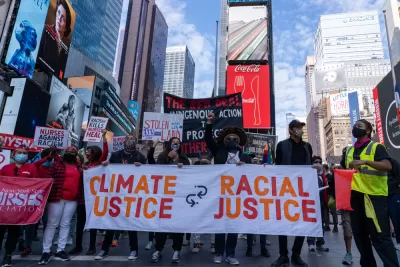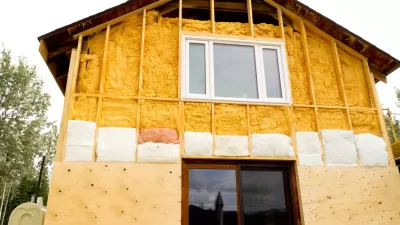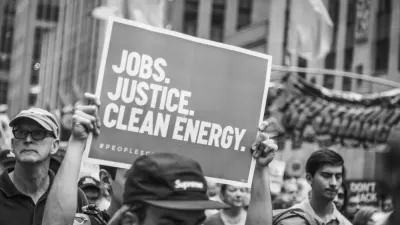A tool designed to guide federal grant distribution may not prioritize the highest-need communities, while conflicting grant guidelines create challenges for local agencies.

A screening tool employed by the federal government in classifying areas as “historically disadvantaged” is meeting with concern from environmental justice advocates who say the assessment doesn’t accurately identify “the places where residents have been hardest hit by pollution and other environmental harms.” Daniel C. Vock outlines the tool’s history and the controversy surrounding it in Route Fifty.
The tool, part of President Biden’s Justice40 initiative, is designed to direct federal grant funds to the communities that need it most. For example, “Advocates complained that the initial release failed to include Appalachian areas with abandoned coal mines, vast stretches of Alaska or places with multiple environmental and health threats.” But when the tool was updated to address those concerns, “the places that the White House added with updates were predominantly white and rural, and they do not face the types of cumulative danger found elsewhere,” according to Dana Johnson, the senior director of strategy and federal policy for WE ACT for Environmental Justice.
Vock explains that the administration opted against using race as a factor to avoid having to engage in the same protracted legal battles encountered by other federal programs. “A WE ACT analysis found that the percentage of white residents in neighborhoods identified by the White House screening tool increased by 4.5% after the revisions. The number of Hispanic residents decreased by 2.8% and Black residents decreased by 1.8%.”
The White House tool also differs from standards used by other federal agencies, which have developed their own methods for selecting grantees. “On top of that, 30 states and localities have developed similar screening tools, according to the Environmental Policy Innovation Center,” creating a headache for local agencies seeking grant funding.
FULL STORY: White House’s Environmental Justice Tool Still Comes Up Short, Advocates Say

Alabama: Trump Terminates Settlements for Black Communities Harmed By Raw Sewage
Trump deemed the landmark civil rights agreement “illegal DEI and environmental justice policy.”

Study: Maui’s Plan to Convert Vacation Rentals to Long-Term Housing Could Cause Nearly $1 Billion Economic Loss
The plan would reduce visitor accommodation by 25% resulting in 1,900 jobs lost.

Planetizen Federal Action Tracker
A weekly monitor of how Trump’s orders and actions are impacting planners and planning in America.

Wind Energy on the Rise Despite Federal Policy Reversal
The Trump administration is revoking federal support for renewable energy, but demand for new projects continues unabated.

Passengers Flock to Caltrain After Electrification
The new electric trains are running faster and more reliably, leading to strong ridership growth on the Bay Area rail system.

Texas Churches Rally Behind ‘Yes in God’s Back Yard’ Legislation
Religious leaders want the state to reduce zoning regulations to streamline leasing church-owned land to housing developers.
Urban Design for Planners 1: Software Tools
This six-course series explores essential urban design concepts using open source software and equips planners with the tools they need to participate fully in the urban design process.
Planning for Universal Design
Learn the tools for implementing Universal Design in planning regulations.
Caltrans
Smith Gee Studio
Institute for Housing and Urban Development Studies (IHS)
City of Grandview
Harvard GSD Executive Education
Toledo-Lucas County Plan Commissions
Salt Lake City
NYU Wagner Graduate School of Public Service





























